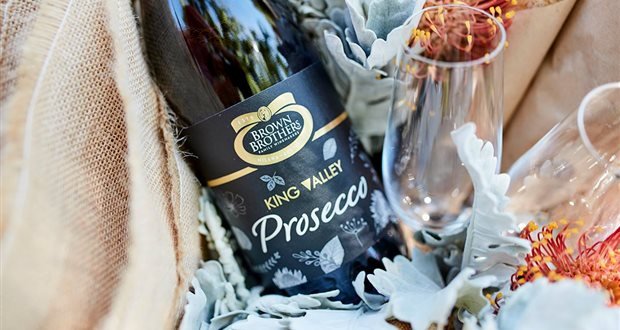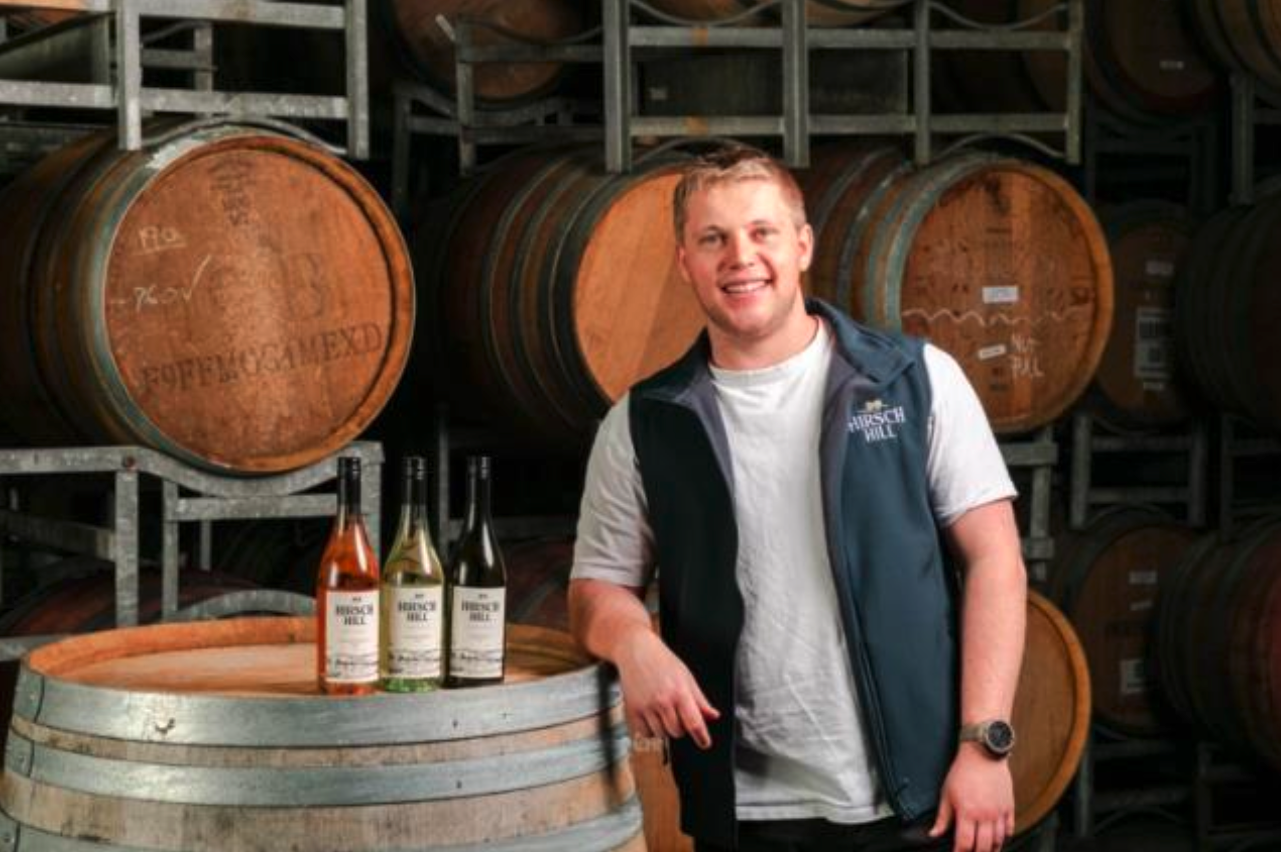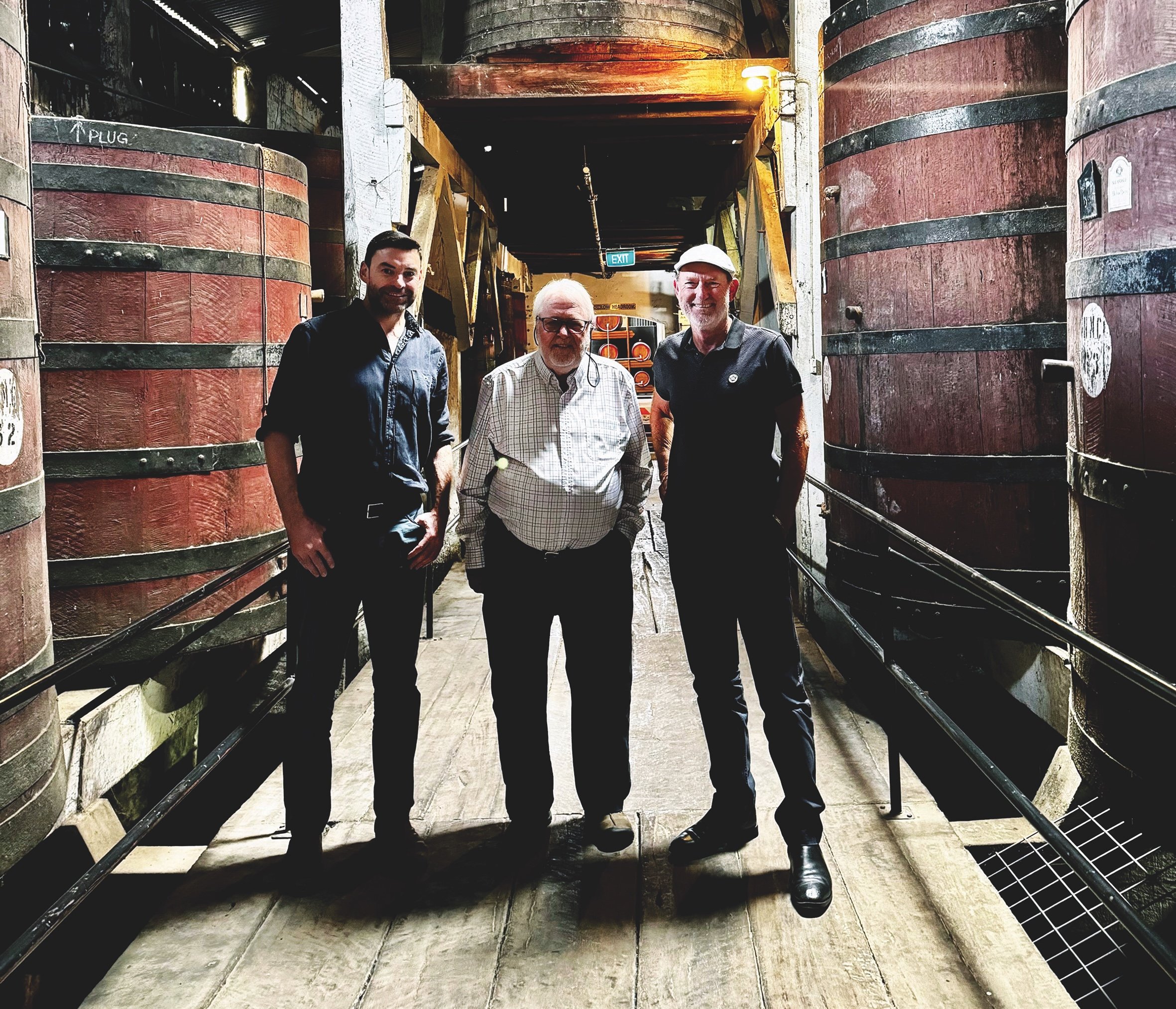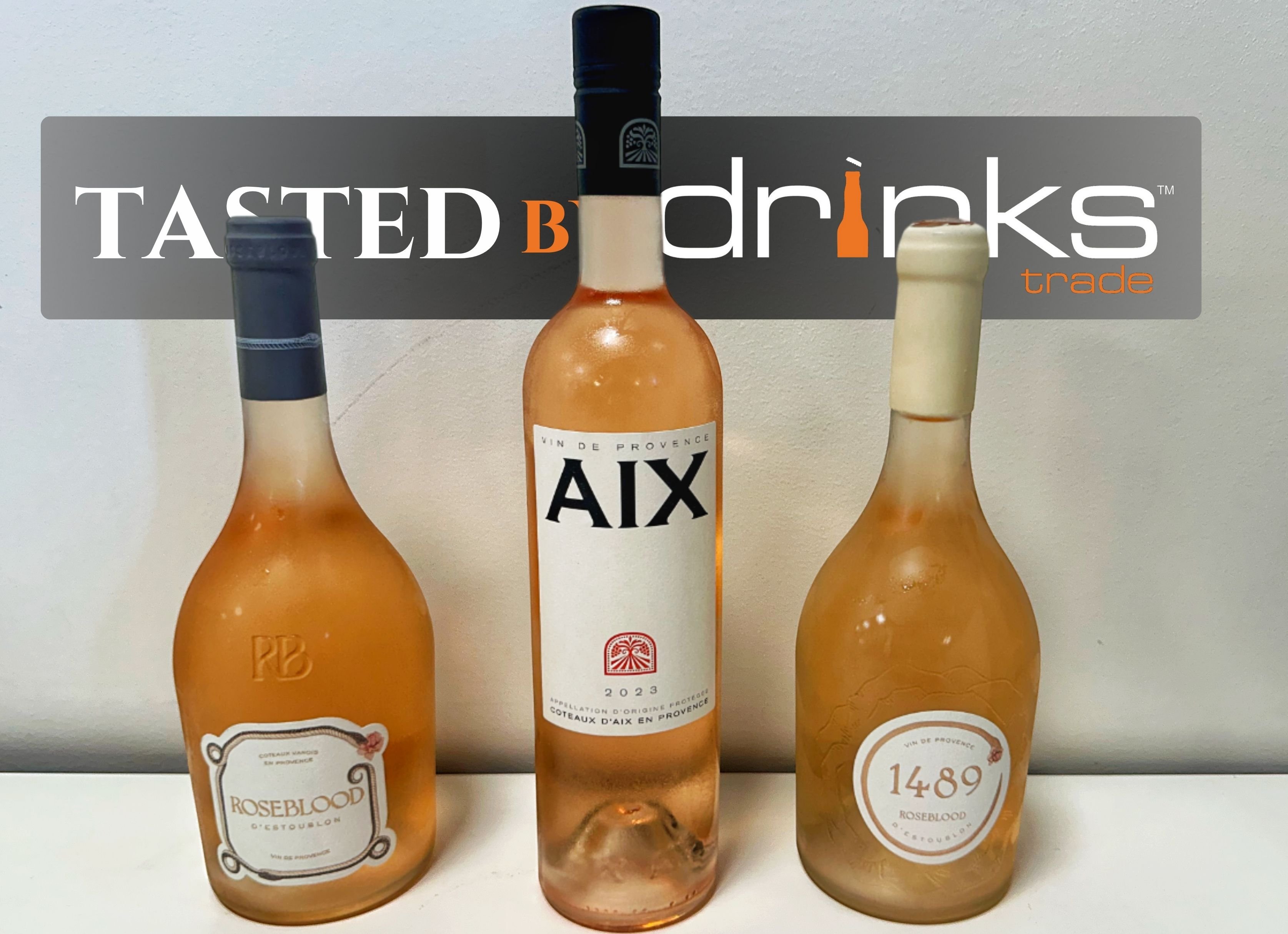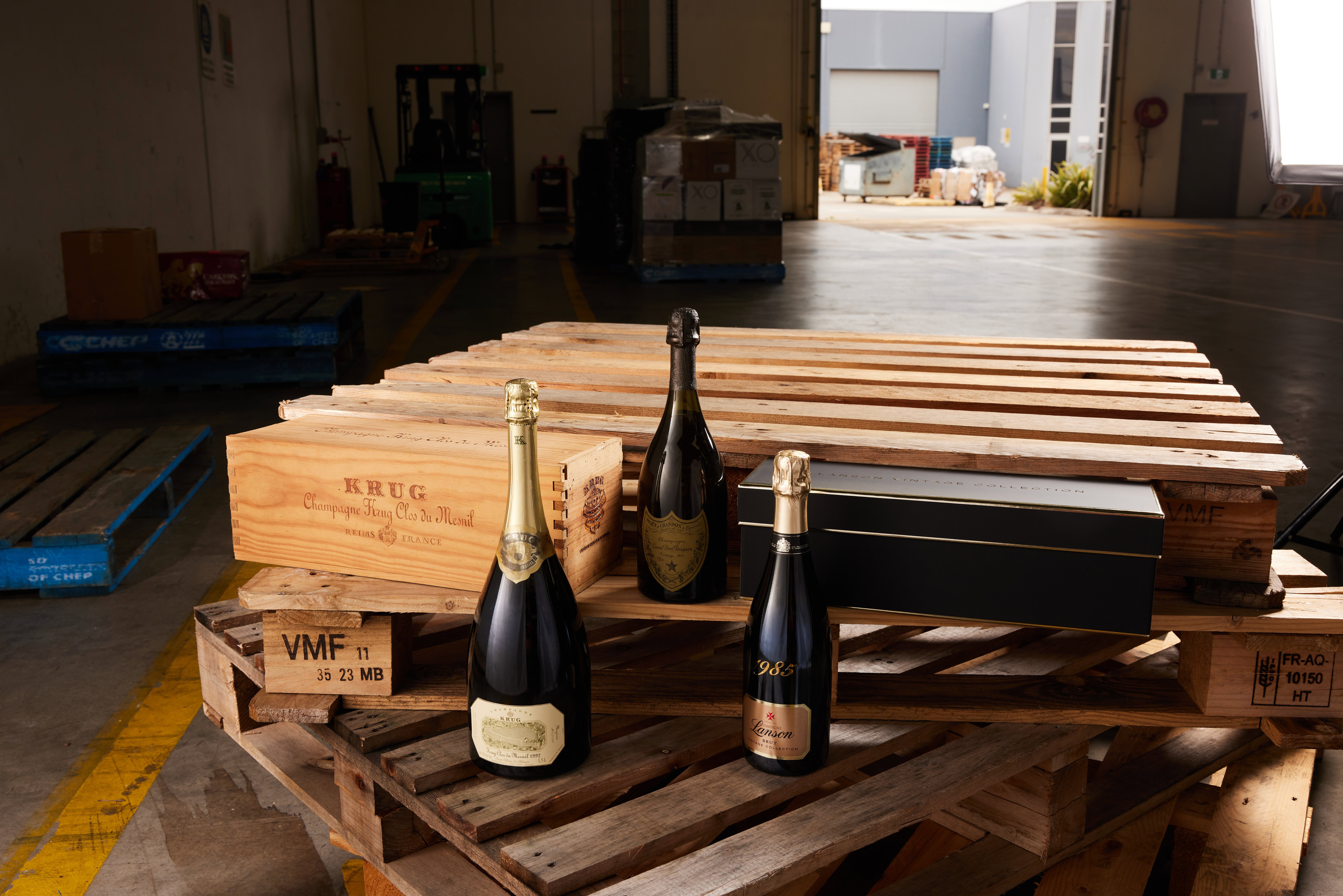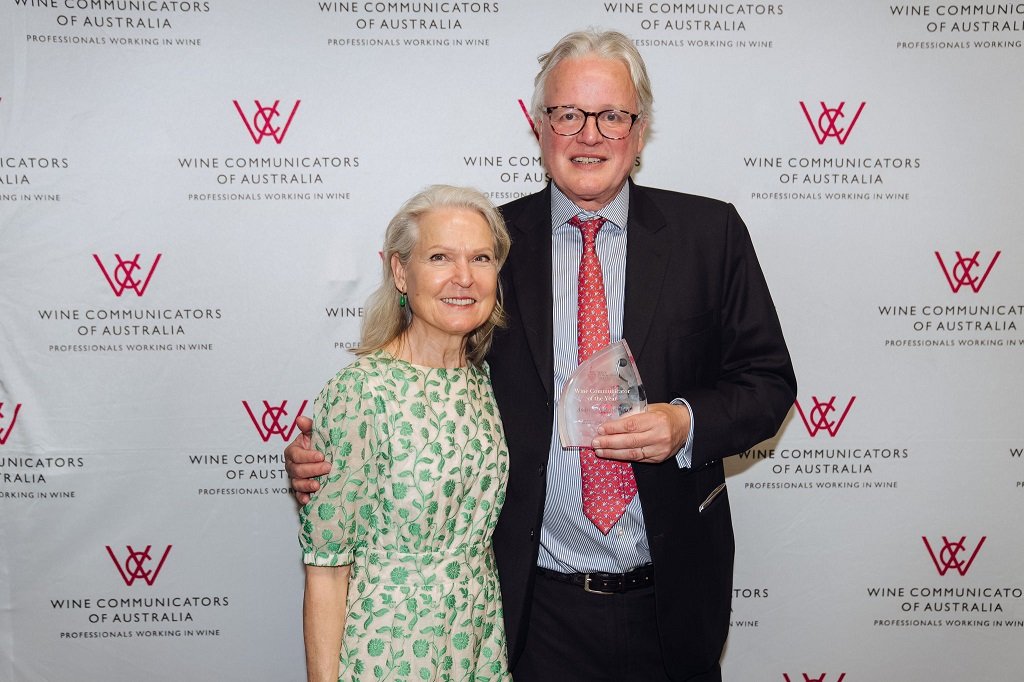Australian wine producers are fighting to retain the right to use the Prosecco name which is under threat as part of Australia's free trade negotiations with the European Union.
The European Union wants to ban Australian producers from using the variety name but Australian winemakers say that Prosecco is a grape variety, just like any other. It is made from the glera or prosecco grape.
Newly appointed Chief Executive of Australian Grape & Wine, Lee McLean says, “The fact is, Prosecco is a grape variety name, just like Chardonnay or Cabernet Sauvignon. The European Union’s approach to this issue is motivated by a desire to protect Italian producers from competition and nothing more.”
In 2009, Italy changed the name of the Prosecco grape variety to Glera within the European Union (EU). Italy then registered Prosecco as a Geographical Indication (GI) in the EU, effectively shutting out imports labelled with the Prosecco grape variety from all other countries.
AGW says that the EU is now expanding efforts to gain exclusive use of the name Prosecco in other global markets threatening a variety that has been a shining light in the Australian wine sector. The value of production of Australian Prosecco is estimated to be $200 million per annum, with 20 regions growing the variety. The majority of production is concentrated in Victoria’s King Valley and Murray Valley.
“Australian Prosecco has grown from a small base to a total direct value of over $205 million to December 2021. It currently fetches an average price that is more than double the price of most other varieties,” said Mr McLean.
Katherine Brown, of Brown Family Wine Group, the largest Australian producer of Prosecco, said, “Our family has invested millions of dollars in equipment, facilities, people and marketing to build up Australian Prosecco to what it is today.”
McLean suggests that decisions restricting the use of the Prosecco name could lead to further restrictions on grape varieties, including Vermentino, Fiano, Nero d’Avola and Montepulciano.
“These producers are here to make sure our politicians understand that decisions relating to Prosecco have significant consequences for businesses, regional communities and ultimately people. Prosecco isn’t just a bargaining chip for our negotiators,” said Mr McLean. “If we don’t back our producers now, there is a real risk other varieties like will be next in the firing line.”
In the King Valley, the variety underpins regional employment, economic growth and tourism. Otto Dal Zotto of Dal Zotto Wines, the first person to commercially grow Prosecco in Australia said, “Prosecco is, and always has been, a globally recognised grape variety.”
“We need our trade negotiators and the Australian Government to understand that there are real jobs and real people at stake” said Natalie Pizzini of Pizzini Wines. “We’ve invested in this variety in good faith and the EU is trying to move the goal posts to protect Italian producers against fair competition.”
Trade Minister Don Farrell met with the European Parliament’s Committee on International Trade in Canberra in September. At the time, Bernd Lange, chairman of the committee, said that Europe wants a deal with Australia in place by early next year and that it could be finalised as early as February.
Geographical Indicators were discussed at the meeting and Mr Lange said that he believed that trademark naming rights were not insurmountable.
“If we make clear the trademark is not really in competition to the protected trademark in the European Union, then I think we can find a compromise,” he said.
He acknowledged that Prosecco remains a key issue of contention but suggested products labelled as “Australian-style prosecco” could be a compromise.
Internationally, the Prosecco market is growing at a phenomenal rate, outselling French Champagne in volume with a 36 per cent total volume market share of sparkling wine. Australia is one of the fastest
growing sparkling wine markets in the world. The Australian export market grew by 48 per cent in 2021 and domestic sales were up by 14 per cent in 2021, compared to 2020.
An FTA with Europe opens up a market to Australia of almost 450 million people, with a gross domestic product of around $23 trillion.
Share the content
